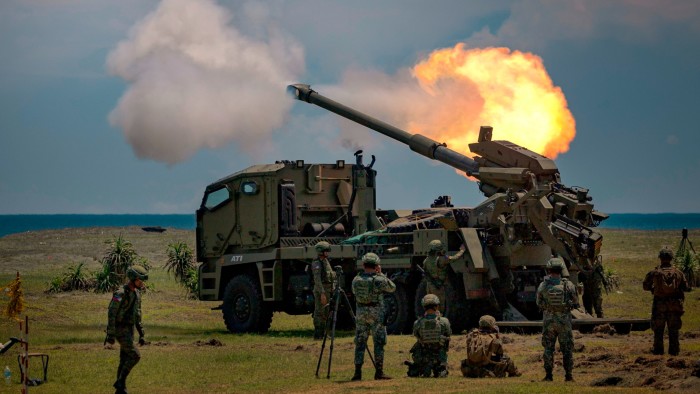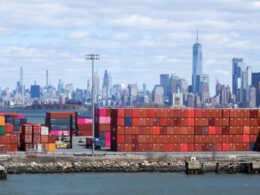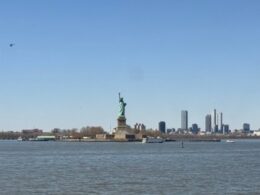Unlock the White House Watch newsletter for free
Your guide to what Trump’s second term means for Washington, business and the world
The top American military commander in the Indo-Pacific said the US would defeat China in a conflict over Taiwan now but warned that it faced increasing challenges as China rapidly expanded its military.
“The United States will prevail in the conflict as it stands now, with the force that we have right now,” Admiral Samuel Paparo told the McCain Institute’s annual Sedona Forum in Arizona on Friday.
Speaking one year after taking the helm at Indo-Pacific command, Paparo stressed that the US military had key advantages over China in undersea capabilities, as well as superior capabilities in space and weapons that counter space assets. But he warned that China was building weapons systems, including warships, at a much faster pace than the US.
“Our trajectory on . . . really every force element that is salient is a bad trajectory,” Paparo said.
China produces two submarines a year for every 1.4 made in the US, Paparo said. It also builds six combatant warships annually compared with the 1.8 manufactured in America.
His warning comes as the People’s Liberation Army continues to significantly expand its exercises around Taiwan.
Paparo’s predecessor, retired admiral John Aquilino, last year said China had a “boiling frog” strategy — gradually raising the military temperature so that the threat would be underestimated until it was too late.
Paparo said the PLA had significantly escalated its activity since he took command and was rehearsing the “entire range of military operations” for Taiwan.
“You hear the metaphor ‘boiling the frog’ . . . It’s a rapid boil,” he said.
He said the rehearsals ranged from preparing for the seizure of a small Taiwanese island to a maritime blockade or an attack on the country.
“The rates of change on the depth and breadth of their exercises is the one non-linear effect that I’ve seen in the last year that wakes me up at night or keeps me up at night,” he said.
Paparo said the PLA was also becoming more active in further parts of the Pacific. In February, PLA warships held live-fire exercises off south-east Australia before circumnavigating the country for the first time.
“They’re stretching their legs . . . They are becoming a global force, bit by bit.”
Asked what advice Aquilino gave him when he started his three-year term, Paparo said he told him that he might end up being the US commander who fights a war with China over Taiwan.
“He said . . . this could happen on your watch,” Paparo said.
According to US intelligence, President Xi Jinping has told his military to develop the capabilities to be able to attack Taiwan by 2027 — but has said that does not mean China intends to take action that year.
“This is not a go-by date. It’s a be-ready-by date,” Paparo said.
Paparo said the PLA had already met some of its 2027 goals, including in its rocket forces and the constellation of satellites needed to operate intelligence, surveillance and reconnaissance assets.
Paparo said any Chinese decision to take military action would ultimately be based on several factors, including its level of military readiness, its assumptions about whether Taiwan could thwart an invasion and “the capability, will and probability of allied assistance to Taiwan”.
Asked if the American people would support military action to help Taiwan, he said the US had historically taken action when it was threatened, or thought a cause that impacted its interests was worthy.
“A lesson in history is that people are always saying America will never get in a fight,” Paparo said. “But it’s not the track record.”
Source link









